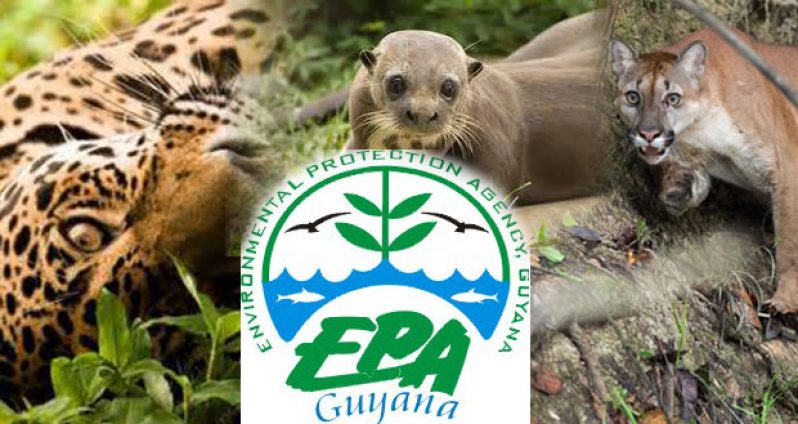A thoughtful person once said “When you love someone you protect them from the pain, you don’t become the cause of it.” This, sadly, is seldom a reality in human interaction with wildlife; the very things we should cherish are often misused and abused or even neglected. Wildlife provides invaluable service for health and well-being and should be cared for. Fortunately,the Wildlife Management and Conservation Regulations (2013) afford some protection to several of our wildlife species. We continue from last week’s focus on wildlife as we shed some more light on the protected species of Guyana. In last week’s article, we have established that,wildlife classified as ‘protected, may not be collected, held in captivity, hunted, killed or otherwise molested.
Depending on the level of threat, wildlife may be given a status and classified as Critically Endangered, Endangered or Vulnerable etc. This classification is based on criteria from the International Union for Conservation of Nature (IUCN). Such Wildlife is protected throughout the whole Guyana at all times. Therefore a person who commits an offence by collecting, holding in captivity, hunting, killing or otherwise molesting wildlife is liable, to penalty specified in paragraph E of the third Schedule – a fine of not less than seventy five thousand nor more than five hundred thousand dollars and imprisonment for six months (WMR, 2013).
Further, in the interest of wildlife management and maintenance of biodiversity, an area may be classified as a wildlife conservation area. Such an area may contain threatened species or one or more protected species and may often be in need of actions to reverse the conditions which lead to such classification. No one must collect any wildlife in a classified area except they were granted a Special Wildlife License. A Special Wildlife License may be issued to allow wildlife to be hunted, kept or confined in captivity, for the purpose of scientific research; collection of wildlife for zoological parks or botanical gardens, museums and similar institutions; or any other purpose that the Environmental Protection Agency may deem appropriate.
Here are a few of the Protected Species in Guyana:
Learn about how valuable they are and help to protect them. Join us next week as we continue to explore wildlife.
Make a pledge to love all wildlife today!
Share your ideas and questions by sending letters to: “Our Earth, Our Environment”, C/O EIT Division, Environmental Protection Agency, Ganges Street, Sophia, GEORGETOWN, or email us at: eit.epaguyana@gmail.com or you can contact the Agency on 225-5467-9. Also check out our facebook page, Environmental Protection Agency-Guyana.




.png)










